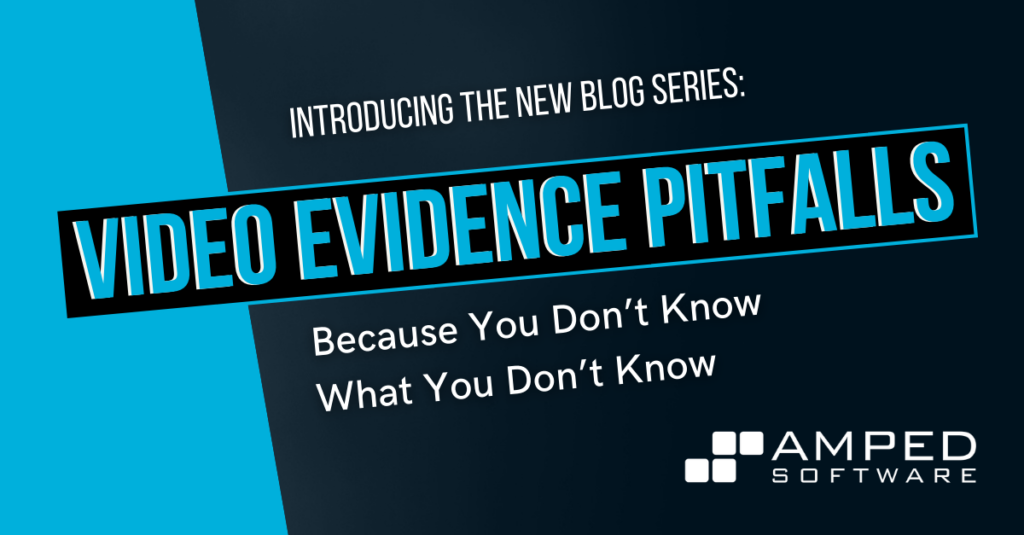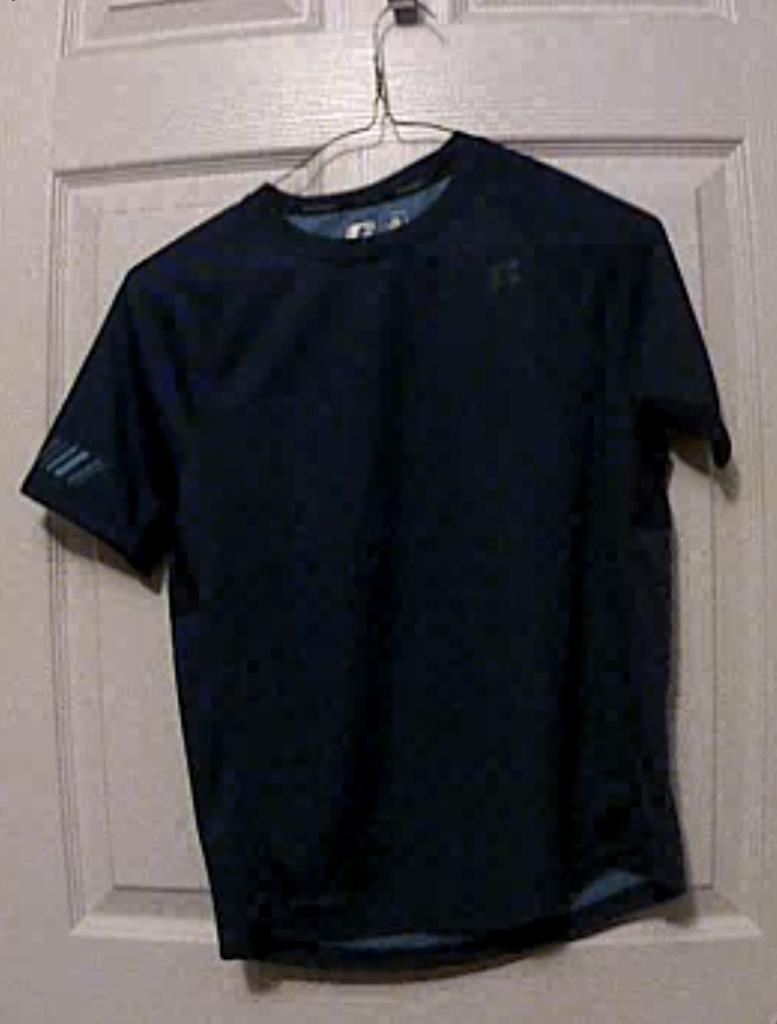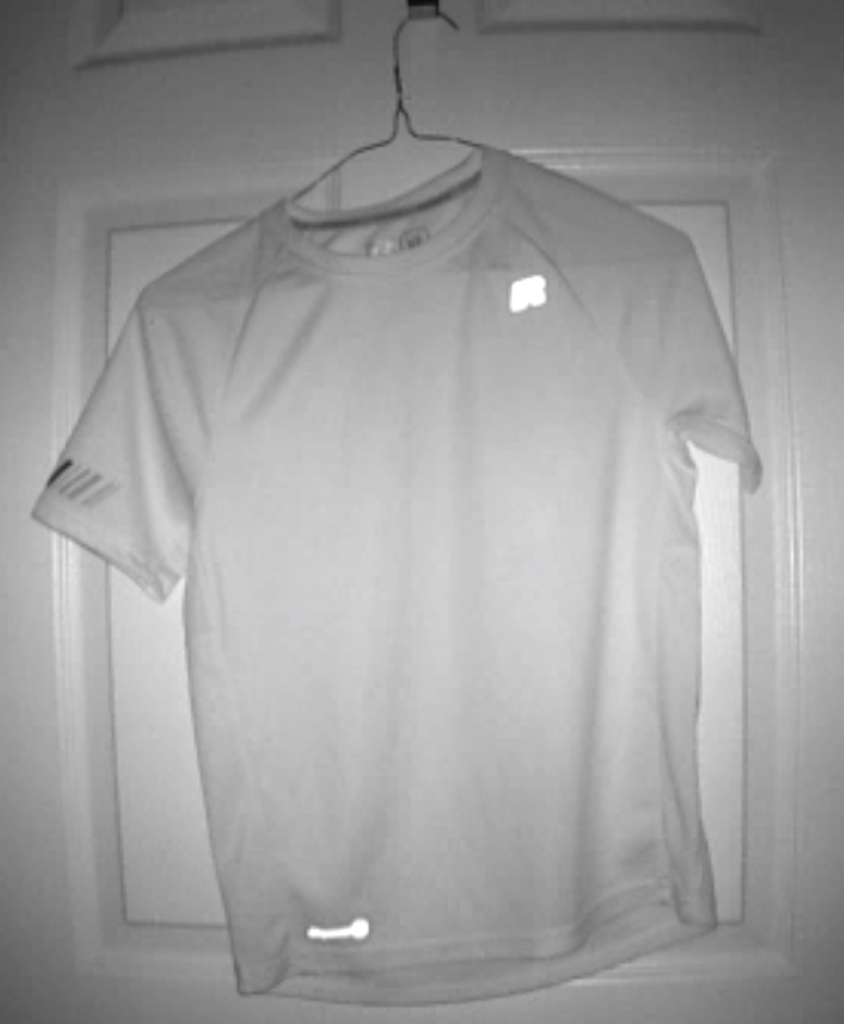
Dear friends, I’m so glad to introduce this new blog series on video evidence pitfalls! Every Tuesday, for several weeks, we’ll walk together to discover some delicate or even dangerous aspects that you may easily encounter when dealing with images and videos during investigations. And of course, we’re not belittling your skills when we write “because you don’t know what you don’t know”! It’s just something that comes from our experience. We talk with investigators on a daily basis. We’ve noticed that, sometimes, there’s a tendency to treat images and videos as “something everyone knows about”. All in all, we have them on our smartphones, we share them on social media, perhaps we also edit them with some consumer app or software from time to time, and with nice results.
Alas, my friends, it’s not that simple, for many reasons:
- Videos you deal with in forensics often come from CCTV surveillance systems. The acquisition and processing lifecycle of such videos is very different than what goes on in a smartphone. Smartphones have never dealt with analog video, while many CCTV systems still work with analog cameras connected to a DVR. And what about compression? One minute of video on my Google Pixel 3a is worth hundreds of megabytes, while it would probably be <10 MBs in a CCTV system.
- Video encoding and playback is a complex topic, and this is especially true when it comes to proprietary video formats, that are used by most surveillance systems. Those working in the field know that most of the time, the original video extracted from a DVR just won’t play in standard computer players, it is normal. How do we “convert” it to a playable video? There’s a whole world inside, and investigators must at least know that such a world… exists!
- Remember that a shallow interpretation could steer a whole investigation in the wrong direction. Want an example? Take a look at this infrared picture of a shirt.
Okay, I’m sure nobody would make any claim about the color, given it’s a grayscale image. But perhaps we could nevertheless say that: A) we’re looking at a shirt having a bright overall color and B) with some darker marks on the left sleeve. Well, here is the very same shirt, this time captured in visible light mode.

As you can see, both A) and B) were wrong, and could have steered the investigation in the wrong direction. We’ll dedicate the first post of this series to infrared images, don’t worry: it’s just one week away!
The above example shows just one of the possible video evidence pitfalls in the interpretation of colors. But there are issues with virtually all “dimensions”. Besides intensity and color, we have space (objects may appear larger or thinner than they are, e.g. due to wrong aspect ratio) and time (things could move faster or slower, e.g. because of issues with frame rate or playback speed).
That’s why we believe that a weekly series exposing the most important video evidence pitfalls may be a very useful reference for investigators! In some sense, the goal of these posts is to instill doubt where one may have a wrong certainty. All in all, that little doubt could change somebody’s life!
So stay tuned, dear friends, and don’t miss this new series! Remember you can also follow us on LinkedIn, YouTube, Twitter, and Facebook: we’ll post a link to every new blog post so you won’t miss any!





